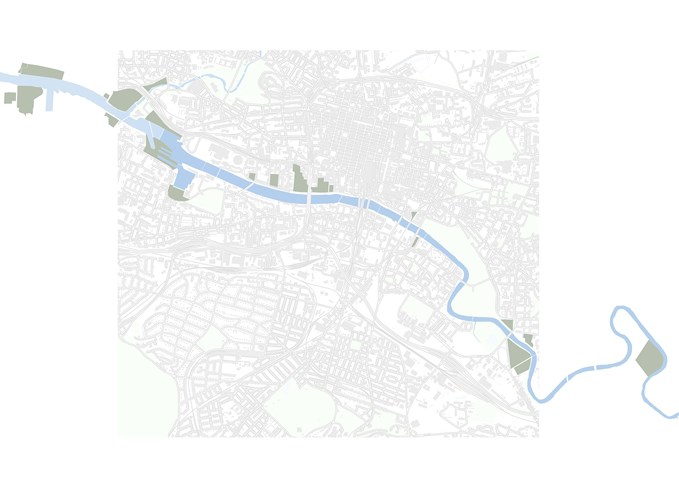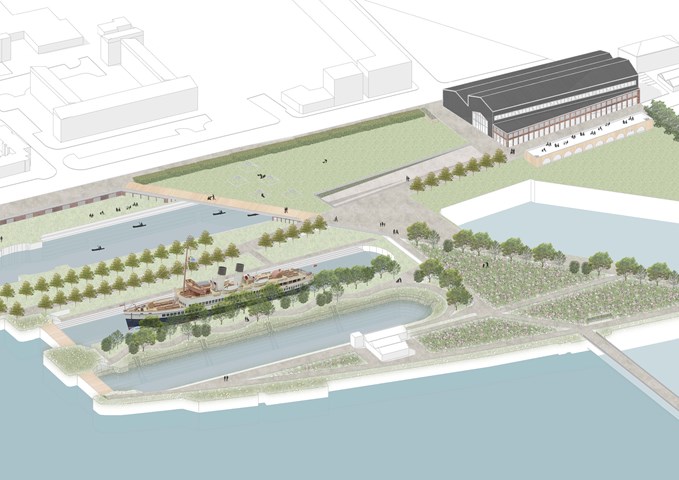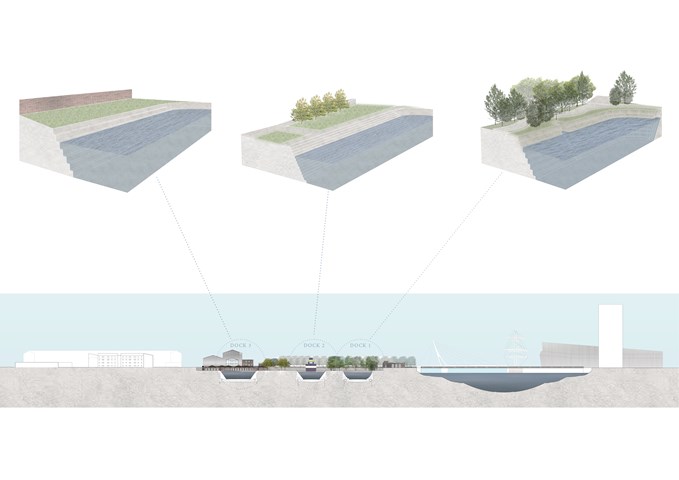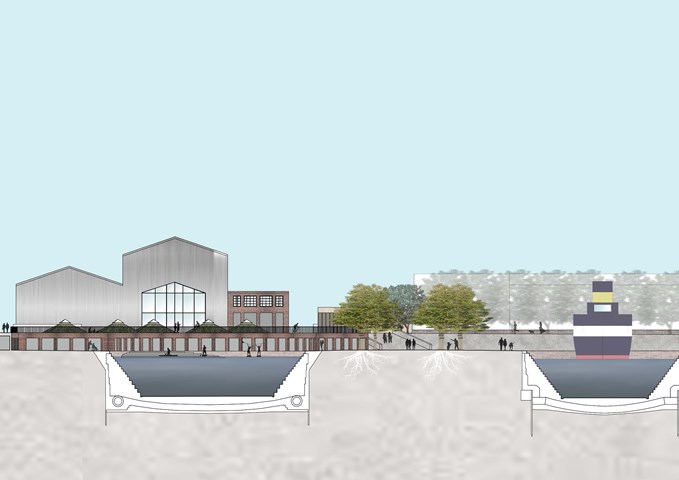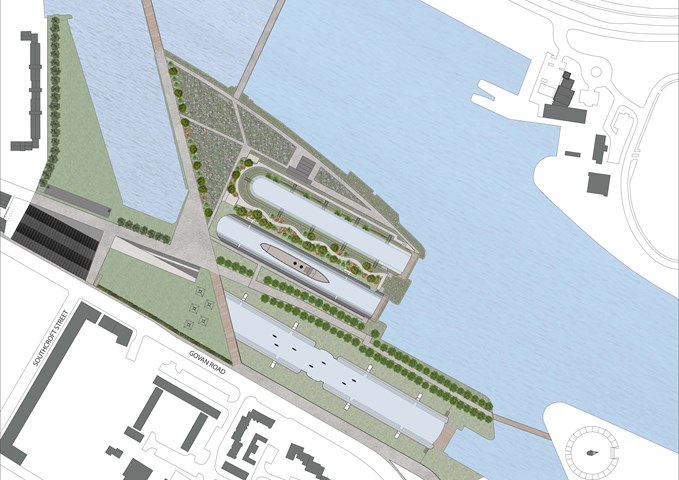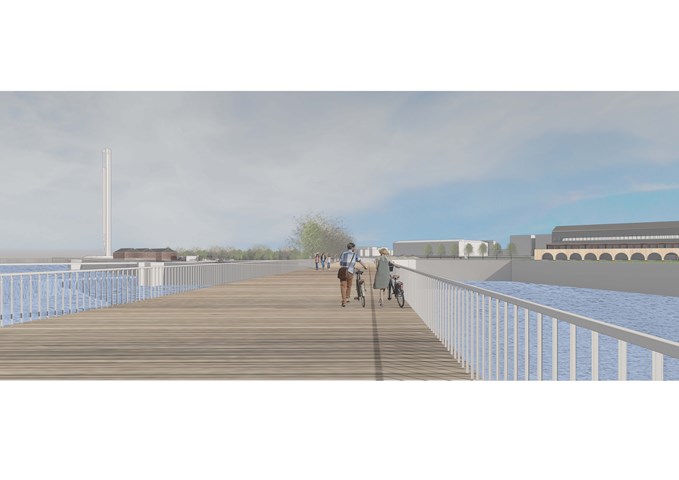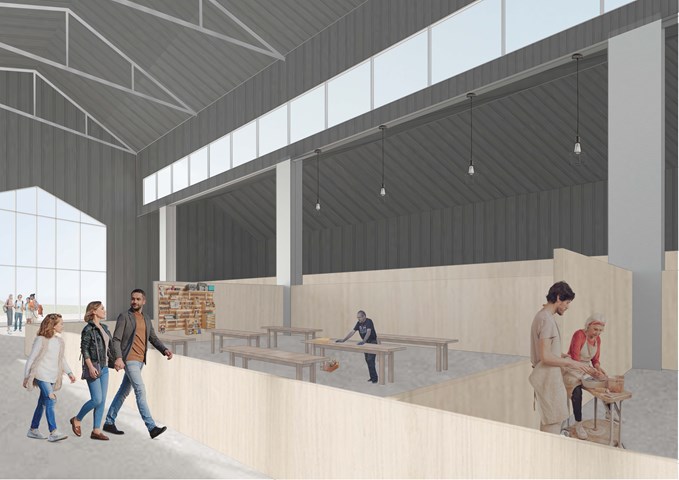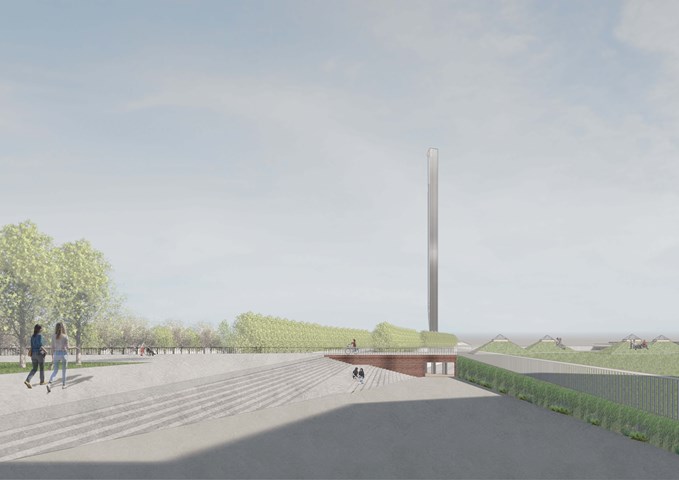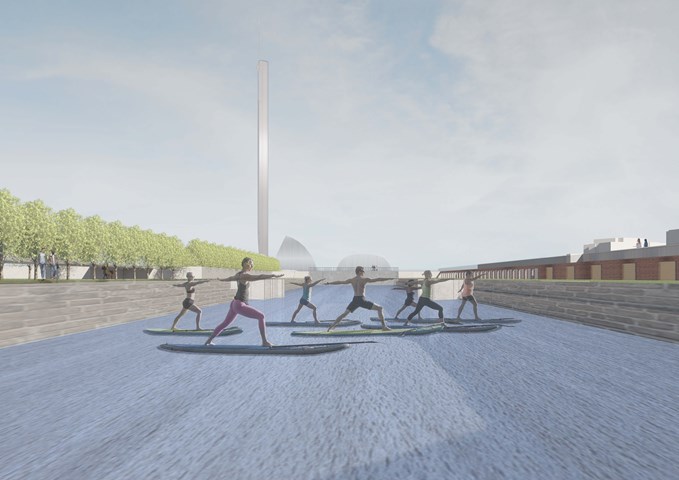Clyde Renaissance: Nurturing and Bridging the River
My design thesis project emerged from my interest in the urgencies of vacant industrial land and mental health decline among the urban population. The thesis is a response to the connection between poor wellbeing, predominantly mental health, and lack of interaction with open green spaces, fresh air and nature in the city. It explores how biophilic design can be integrated with various activities to revitalise brownfield sites.
The river Clyde is the vital source for rejuvenation and re-wilding of the city of Glasgow. In the times of the shipbuilding industry, Govan banks were the most important area of the Clyde corridor. In the post-industrial Glasgow, the whole of Clyde has become one large vacant industrial site. As a site of remarkable history and now an A-listed structure the Dry Docks possess the potential to become a destination of great importance locally and nationally.
The proposed design aims to use that potential to create synergy through interaction with the Clyde and the opportunity to utilise the water as a place for recreation, playfulness and learning. The focus of the proposal is binding the north and the south river banks and giving the Govan Dry Docks back to the people of Glasgow.
The proposed interventions can bring people closer to the water and enable unique interaction with the Clyde. The Docks should be the site for celebrating the industrial heritage and enjoying socialising and peace in nature alongside utilising the Clyde once again and giving it a purpose for modern activities and future generations. If we care for the Clyde it will care for us in return.

